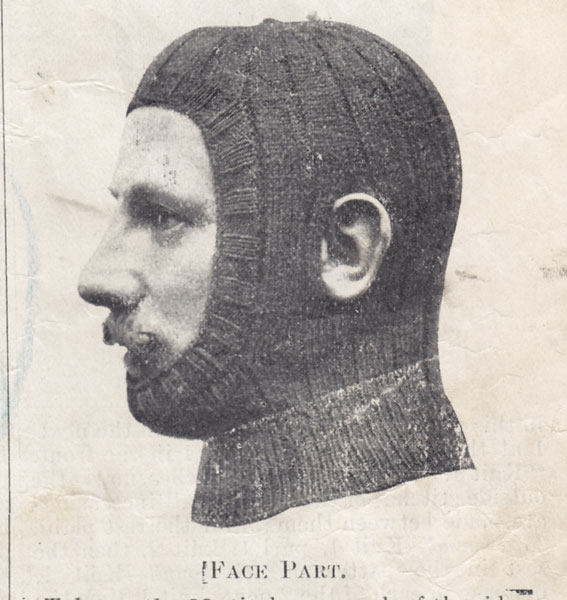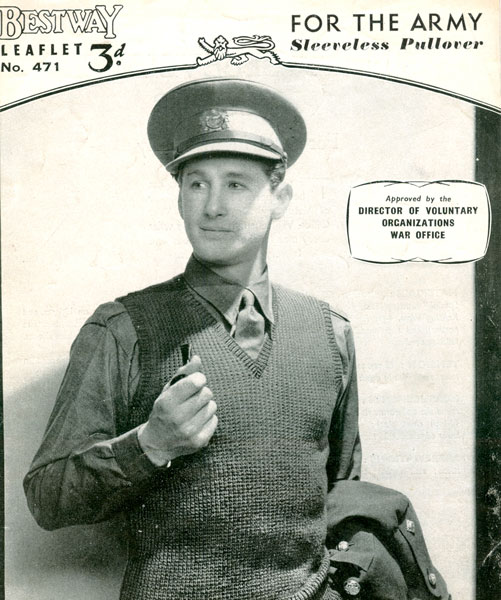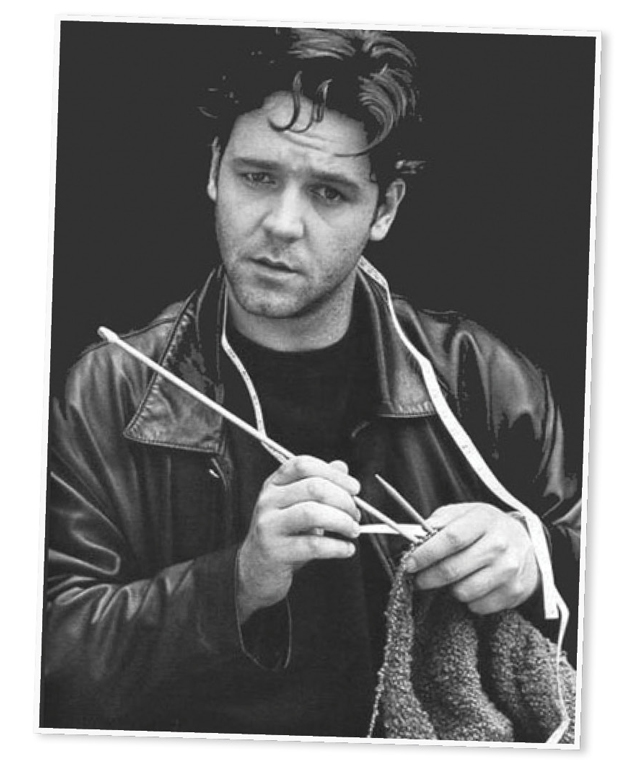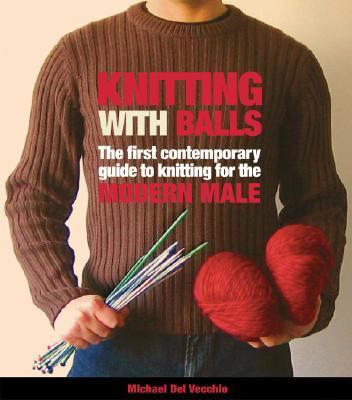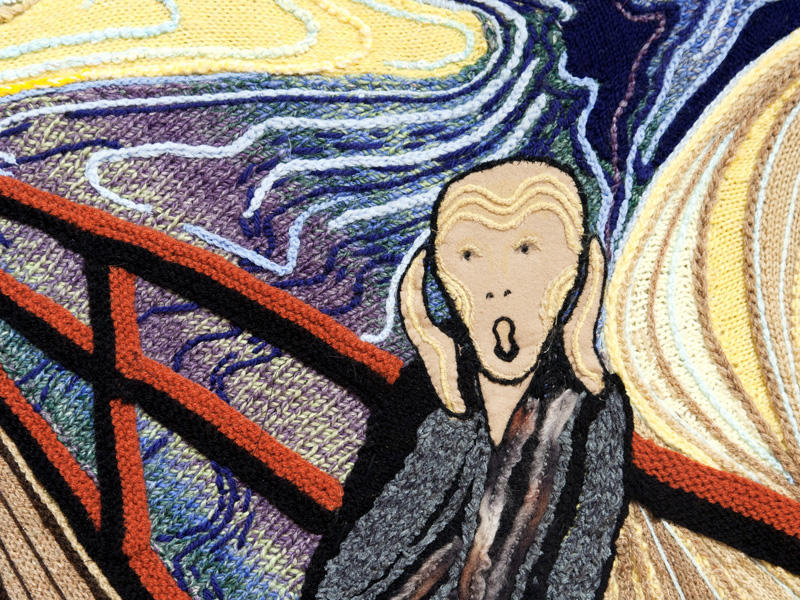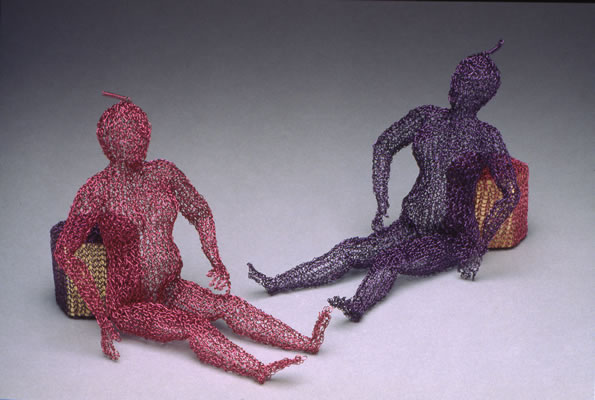I live in a semi-rural area in Western Quebec. We are not connected to the municipal water or sewer systems, so our drinking water comes from a well on our property and our waste water is treated in a septic system buried in our yard. All of this means that we have tried to pay attention to the kinds of products that we use in our house and what we put in our waste water, to avoid polluting our immediate environment.
The dishwashing liquid that we currently use is called "Bio-Vert," whose name and packaging suggest that it is good for the environment.
The label on the front of the squeeze bottle make a number of explicit "green" claims:
- Gentle on Hands
- Biodegradable
- Carcinogen free
- Hypoallergenic
- Green Leader since 1984
- Ecologo from Underwriters Laboratories
- Produit certifié à impact environnemental réduit
And there are more claims on the back of the bottle:
- Biodegradable as per the OECD test series 301
- Safe for septic tanks
- No animal testing
- Environmental facts: contains 0% of Formaldehyde, EDTA, Dye, SLES, DEO, APEOs, or Petroleum Solvants
- Recyclable Container and Labels: 100%
- Product certified for reduced environmental impact. View specific attributes evaluated: UL.com/EL; UL 2759
That all sounds very impressive, although I don't know what most of it means. And there is still a warning in all caps: "PLEASE KEEP ALL CLEANING PRODUCTS OUT OF REACH OF CHILDREN. IN CASE OF EYE CONTACT, RINSE THOROUGHLY WITH WATER. IF SWALLOWED, DRINK PLENTY OF WATER AND CALL A POISON CENTRE OR A DOCTOR IMMEDIATELY."
As far as I can tell from the company's website, its FAQ page and the accreditation from UL's environmental group, it would seem that the claims made by Bio-Vert are legitimate. To test the claims, however, I would need to spend a considerable amount of time researching the impacts of the chemicals named (what is EDTA?), the standards and tests employed by the various research groups (UL) and quasi-governmental agencies (OECD), the company's practices, its use of the accreditation symbols, and its track record in the marketplace. Even if I had the time to do all of these things, I do not have the necessary technical knowledge and competencies to evaluate all the evidence myself. Like most people, I am obliged to trust the recommendations of specialists and to hope that the company is representing the findings of those specialists fairly and accurately.




